#french canada
Text
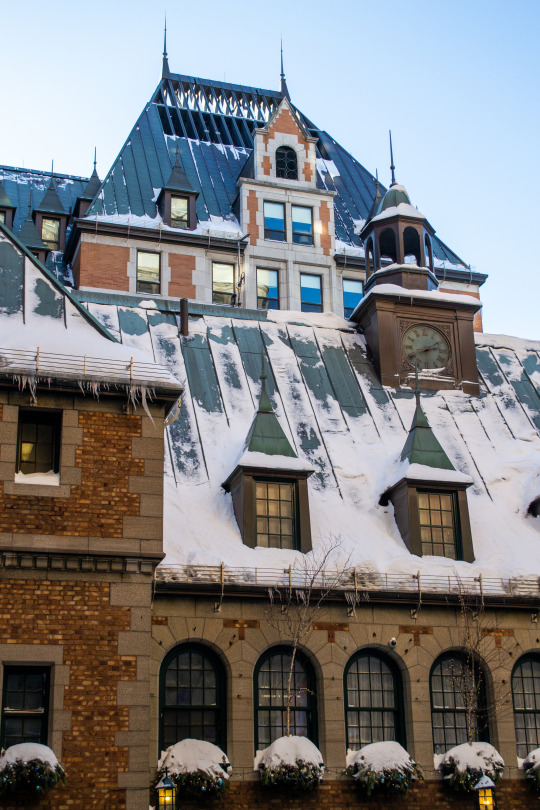
Today's weather reminds me of my trip to the Quebec Winter Carnival!
Photo: Quebec City, Canada
#quebec#canada#french canada#quebec city#chateau frontenac#historic hotels#historic buildings#architecture#winter#snow#brrr!#cold#winter getaway#north america#quebec winter carnaval#carnaval de quebec#travel#tourism#adventure#explore
19 notes
·
View notes
Text
(My apologies to non-french speakers)
To this day this is still my favourite ad from Canada Post:

- SOLDE de charpie
- Pellicules de chat GRATUITES
- GRATUIT: Leçons de yak d'Antarctique
- 2 POUR 1: Toilettage d'iguanes
- Entrée GRATUITE: toilettes publiques
- SOLDE de neige
#cp and centr source actually but who cares#français#canada post#postes canada#french#publicité#pub#advertising#drôle#québec#french canada#canada#can we please get a few inches from that Snow on sale??? pretty please
4 notes
·
View notes
Text
A mystry thriller translated into French for French language speaking people in Canada, france and other places.
9 notes
·
View notes
Text
Flag of the Kingdom of New France
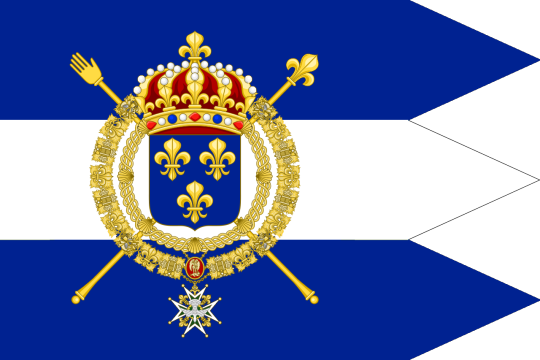
This is the Flag of the Kingdom of New France. It comes from a world where France actually put effort into colonizing the New World. The French government provided monetary incentives for families to settle in France's North American holdings. The thinking was that this investment would eventually be paid back by production of goods from the colonies. Families were given priority because of their importance to sustaining the colonies in the long term. France frequently got involved in boarder scuffles with the British, and this, among other reasons, led to something of an alternate French and Indian War.
Britain gained the Ohio River Valley, and a few other small bits of land, but New France survived the war more or less intact. During the war, the British also managed to capture Cuba. Cuba provided raw materials for Britain's North American colonies which, along with the fact that they were hemmed in by the Mississippi River, meant that the colonies stayed loyal to Britain. Thus, there was no American Revolution in this world.
The same, however, could not be said of the French Revolution. France's colonies had help relieve the pressure on its citizens a bit, but overtaxation, combined with a bad harvest, ensured that the revolution came to pass. However, when it became apparent the revolutionaries were going to gain the upper hand, the French monarchy fled to New France.
Originally, this government-in-exile was known as France-d'outre-mer. However, when it became apparent that retaking European France was unfeasible, the monarchy declared New France independent from France. Thus, the Kingdom of New France was founded. Eventually, things calmed down in Europe, but France remained staunchly republican.
New France is an economic and cultural powerhouse of North America. Over the years, it has to cede some of its southern territories to the Dominion of North America, but these days the two are on friendly terms with each other. The two nations compete with one another for immigrants from around the world. People of all races are given protection under the law of New France. Recently, a First Nations man was elected governor of the province of Canada. New France has been trying to convince nations, such as the Empire of Mexico and the Empire of Brazil, to create a league of New World monarchies.
The flag has as three-tailed banner design and feature blue and white, traditional colors of New France. An enlarged royal seal is displayed prominently on the flag.
Link to the original flag on my blog: https://drakoniandgriffalco.blogspot.com/2018/02/flag-of-kingdom-of-new-france.html?m=0
#alternate history#alternate history flag#alternate history flags#flag#flags#New France#Kingdom of New France#Canada#vexillology#french canadian#French Canada#quebec#France
2 notes
·
View notes
Text
Reading “20,000 Leagues Under the Sea”
So I decided to bite the bullet and start reading more classic literature. I can securely lay the blame for this on Defunctland revealing to me how influential Jules Verne’s work was in the Disney parks and beyond (I’m still pissed about what they did to EuroDisney’s Space Mountain: From the Earth to the Moon and I’ve never even BEEN to Europe) and thought, “Hey, maybe something so universally influential, which has spurred the creation of many things I take interest in, could be something I plainly enjoy as well.”
So I went and found the book on gutenberg.org and started reading. Mind, this began on my lunch break at work today, so I haven’t had much time to read it today; as of writing this, I am in the middle of Chapter 10, where we are formally introduced to Captain Nemo himself. (Another spur towards reading this and more of Verne’s work was the age-old discussion of Nemo’s character, as he has been the subject of much analysis and interpretation given the mystery surrounding his true origins. I wanted to see what the fuss was about.)
I was pleasantly surprised at how effortlessly Verne’s prose reads - or at least, its translation read easily. It is thankfully lacking in the flowery descriptions I had dreaded. Intrigue is found immediately in setting the stage, as the sailing world is in an uproar over what appears to be some kind of strange, gigantic creature. No one can get a good enough look at it, with size estimates ranging between two hundred feet to three miles in length. More distressing is its apparent speed, as it seems to begin near Australia, winds its way around Africa and up through the Atlantic, and finally in the middle of the Pacific. This would have been fine if it hadn’t started brushing up against ships and started sinking them. (Given I know it to be the Nautilus from the outset, I am inclined to wonder if these were the result of malice or just bad driving.) This leads people to two conclusions: either this is a monster, or it’s being piloted by one.
In the middle of all this, a French biologist named Pierre Aronnax has just arrived in New York City, coming off what I think was an archaeological dig with armfuls of samples ready to go back to the French museum. Being a scientist with any authority on undersea life, having written more than a paper on the subject, he is of course asked to comment on it.
He says it’s a narwhal.
Granted, he is working under the assumption that narwhals usually reach 60 feet in length, which...no, they do not. From there, he simply posits that it’s a specimen of exceptional deep sea gigantism. One, part of this is bullshit because that’s not how narwhals work. Two, part of this is bullshit because he’s mostly saying it’s a creature because affirming it to be some kind of submarine would suggest some military agency was creating a powerful new submarine without anyone noticing (and no mere gentleman of exceptional wealth could possibly do such a thing). Three, part of this is bullshit because he doesn’t actually want to give out an opinion on the subject and would rather just go home to France.
But as luck would have it, some Americans (because Verne would usually depict Americans in this way) had assembled a fine whaling ship to go after this beast and asked the professor to accompany them, on the grounds that his theory could be correct. And for some reason, Professor Aronnax agrees, and he and his manservant Conceil get on the Abraham Lincoln a mere hour before it departs for the Pacific.
And for the next several months, nothing happens, but the professor does meet a Canadian harpooner named Ned Land, which is exciting to him because at the time, Canada was still mostly Montreal, and that meant he spoke French. There’s no one the French like more than other people who speak French (and there’s no one more proud of being French than French Canadians).
And then in November, everything goes wrong. They find the beast, and then learn the fact that this thing GLOWS AND IS APPARENTLY ELECTRICAL. For the next several days, they pursue their narwhal, but in the chaos, the professor is knocked overboard, Conceil jumping in after him. They later swim across Ned, who helps them up onto this strange floating island made of metal...which starts moving.
Just as it starts sinking back down, they cause enough of a racket to bring the ship to a halt and have someone poke their head out the door...before yelping and promptly closing it again before sending out some beefy guards to bring them in.
They’re fed some unidentifiable-but-delicious food and approached by two figures who only speak to one another in an unknown language. The three survivors try to relay their story, first in French, then English, German, and then Latin, to no response. The two leave and the three are left to sleep it off.
Much later, in walks the Captain himself, who does not introduce himself...at first. He gives them a choice: to stay and be free from the prison of society on the Nautilus, or to learn how long it takes a human body to tire out from swimming in the middle of the Pacific. Despite heavy protests from Ned, Aronnax agrees for the lot of them, and the Captain gives his name: Nemo.
Well...that’s not really his name. All he says on the matter is, “To you, I am Captain Nemo.” “Nemo” means “Nobody” in Latin, which is the first hint as to our captain’s philosophy and the first question we are prompted with.
Who is Captain Nemo?
#20000 leagues under the sea#reading#steampunk#jules verne#i read the book#twenty thousand leagues under the sea#captain nemo#french canada
24 notes
·
View notes
Text
Dear French Canadian Hockeyblr,
I have a favour to ask as a human that only speaks one language, and poorly at that sometimes. If I post the Maveric Lamoureux TVA interview would someone be able to translate/transliterate it? I don't speak French, let alone French Canadian and want to know what the Baby Coyote is saying.
11 notes
·
View notes
Text

0 notes
Text


04.12.23
la neige sur campus est magnifique jusqu'à ce qu'il faille grimper une grande colline pour se rendre en classe :’)
#langblr#français#montréal#photos are my own#studyblr#studyspo#dark acamedia#french langblr#study aesthetic#snow#university#canada#neige
604 notes
·
View notes
Text
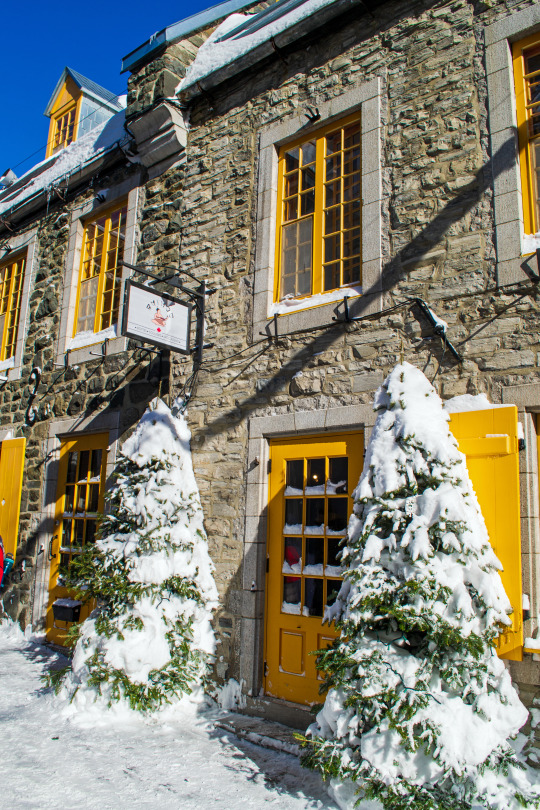
Photo: Quebec City, Canada
#quebec#canada#winter#quebec city#north america#french canada#snow#winter vacation#historic cities#canada francoise#travel#tourism#adventure#explore#cozy#christmastime#christmas#joyeaux noel#froelich wienachten#feliz navidad#happy holidays#season's greetings
17 notes
·
View notes
Photo

“Les Cinémas de France-Film - IMPERIAL - [et] CINEMA de PARIS present....” La Patrie. November 4, 1932. Page 7.
----
Advertisments for showings of “La Fille et la Garçon,” “Ma Femme...Homme D’Affaires,” and “La Fille de l’Espionne.”
#montreal#cinemas#movie theatres#night life#motion pictures#mass culture#french canada#french films#imported films#great depression in canada
1 note
·
View note
Text
i dig dig dig i lie in the dirt oh so cozy. oh it is like 5 blankets this is beautiful. there are worms here and also little bugs. hello
#it is like 1am and im so fucking tired hey yall#gots to go to canada tomorrow to visit my sister for thanksgiving#speaking if canada i might go to quebec city for a week in the summer to learn french. that will be. interesting#hi canadian mutuals if youre reading this#dirtcore#bugs#worms#unintelligible goblin noises#bugsoda
347 notes
·
View notes
Text
French president Macron’s name was spelled with a ‘q’ (Maqron?) in Canadian French.
#dream#text#May 16th 2023#emmanuel macron#politics#france#french president#president#canada#canadian french#French
412 notes
·
View notes
Text

Stop bothering him he is "dealing" with Alfreds and Arthurs bullshit he needs some space
#added beauty mark cus he is the only french bitch i like in this hell fandom#he'll be fine after 3 joints donf worry#tw: drugs#its nice to draw agaon ahhhhhhhhhh#hetalia#hws canada#matthew williams#i wander what the rat and his son said to stress matt out so much hmmmmmmm#maybe jan is spending his weekend in tokyo again??????#👀👀👀👀#myart#my art
837 notes
·
View notes
Photo
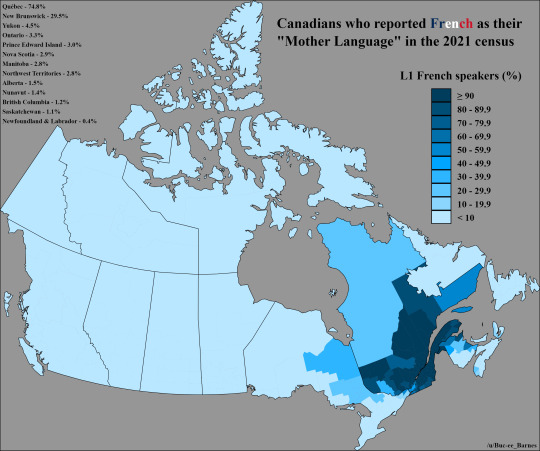
L1 (Native) French Speakers in Canada
121 notes
·
View notes
Text

so what you’re saying is the sharks may suck at hockey, but they will do Anything before letting the french canadians win
#sharks lb#sorry habs#for the record I am also a tangential habs fan so I apologize to French Canada#twitter
107 notes
·
View notes
Text

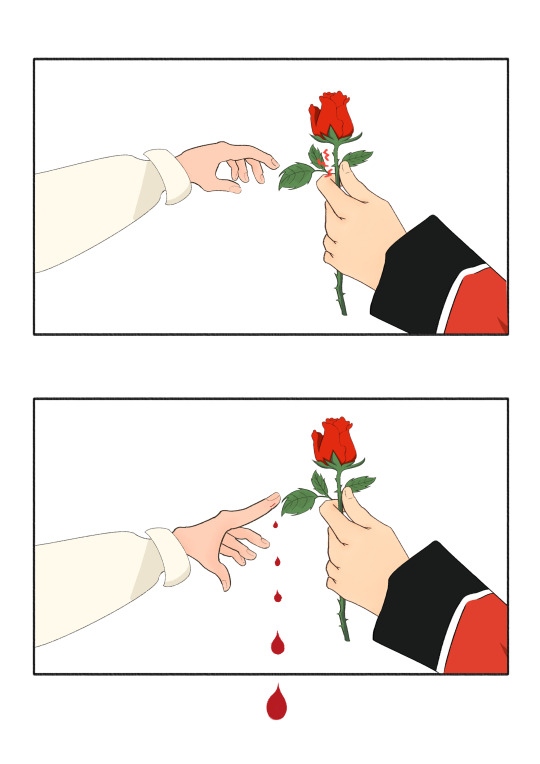

“Je me souviens / Que né sous le lys / Je croîs sous la rose.”
[I remember / That born under the lily / I grow under the rose.]
- Official motto of Quebec
Inspired by @historia-vitae-magistras' beautiful and heart-wrenching stories about Matt and his two fathers.
The first panel shows Francis holding baby Mathieu, who remained under his tutelage until 1763, the end of the Seven Years War. Canada grew under the “English rose” until the 20th century, when it relinquished most of its dependence on the British Empire.
The second panel shows Arthur kneeling before a young Matt and offering him a rose. In the next panels, Matt pricks his finger on the rose’s thorns. The thorns can be a metaphor for all the wars Canada had fought in for the empire.
Eventually, the droplets of blood morph into the red maple leaves, Canada’s national symbol, suggesting that Canada has grown into his own.
References: (1) Turquoise suit (2) Simplified red coat uniform
#my fanart#hws canada#aph canada#hws france#aph france#hws england#aph england#*sigh of relief* I finished it! I finished it!#some time ago Maggie and I talked about how doting Francis would have been as a new father in the 16th century#(until the French realized that Canada was not profitable enough and the novelty of fatherhood wore off)#still! those images of domestic happiness never left my mind#I hope you don't mind me tagging you Maggie#blood#(I completely forgot about the tw I'm so sorry)#blood tw#my hetalia content
259 notes
·
View notes